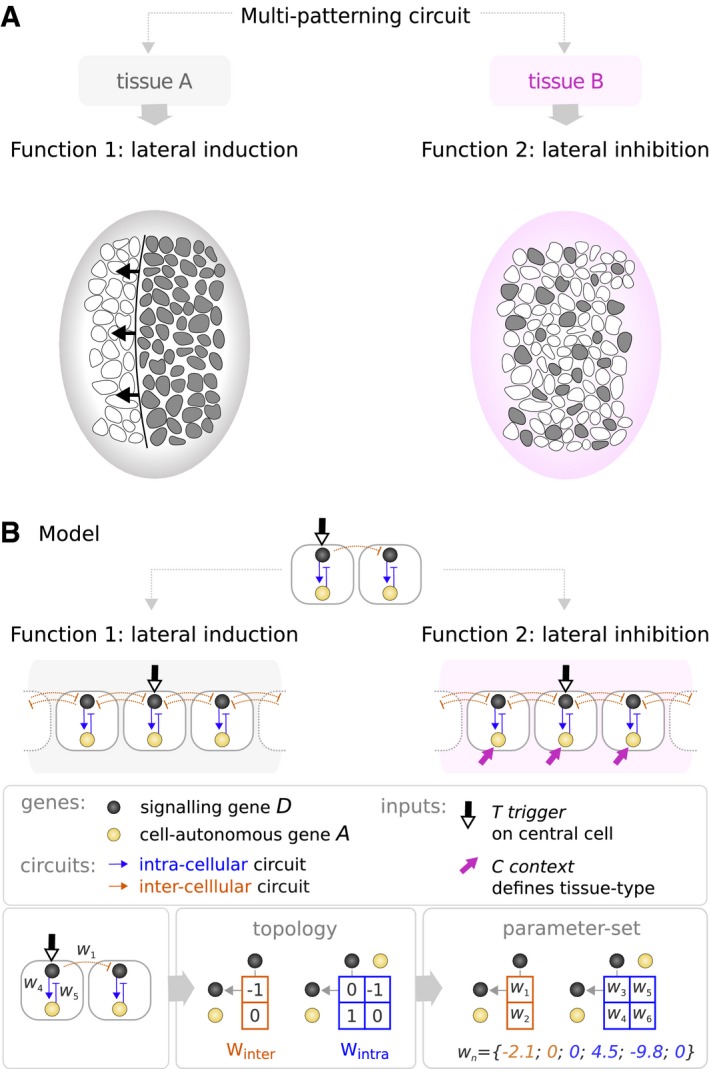Figure 2. Defining a multi‐patterning circuit.

- We explore multi‐functional circuits capable of two qualitatively distinct multi‐cellular patterns: lateral induction and lateral inhibition. Analogous to biological processes such as the progression of the morphogenetic furrow in Drosophila (Sato et al, 2013), lateral induction leads to the propagation in time and space of a given gene expression state. In contrast, lateral inhibition describes processes such as neurogenesis, where a fine‐grained pattern of alternating cell fates is formed (Daudet & Lewis, 2005; Petrovic et al, 2014).
- While genes (represented by black and yellow nodes) interact identically in both tissues/contexts, an external input signal termed the context signal C allows the circuit to switch between functions. The context signal (pink arrow) affects the basal expression level of one of the genes in every cell of the tissue. A circuit achieves lateral induction when it causes a progressive spread of expression from trigger T (thick black and white arrow) which is received by the central cell of the tissue. A circuit achieves lateral inhibition when it causes consecutive cells to be in alternating gene expression states. In subsequent figures, we use a simplified 2‐cell representation where, for simplicity, the inter‐cellular circuit is only shown in one direction (from the first cell to the second).
